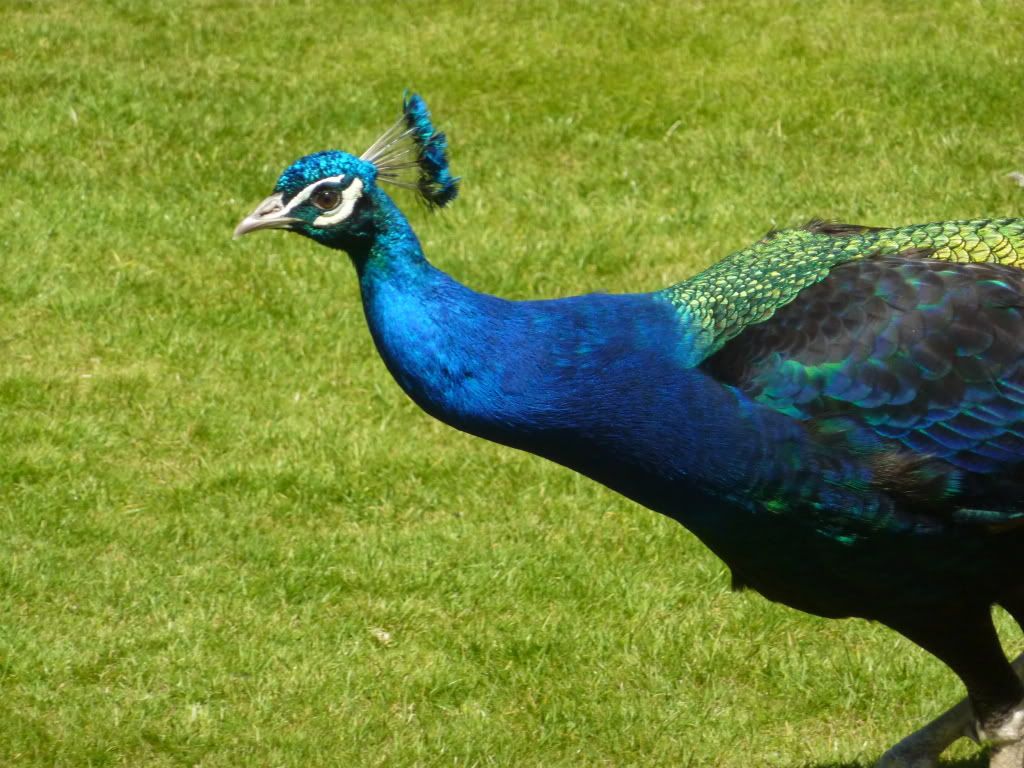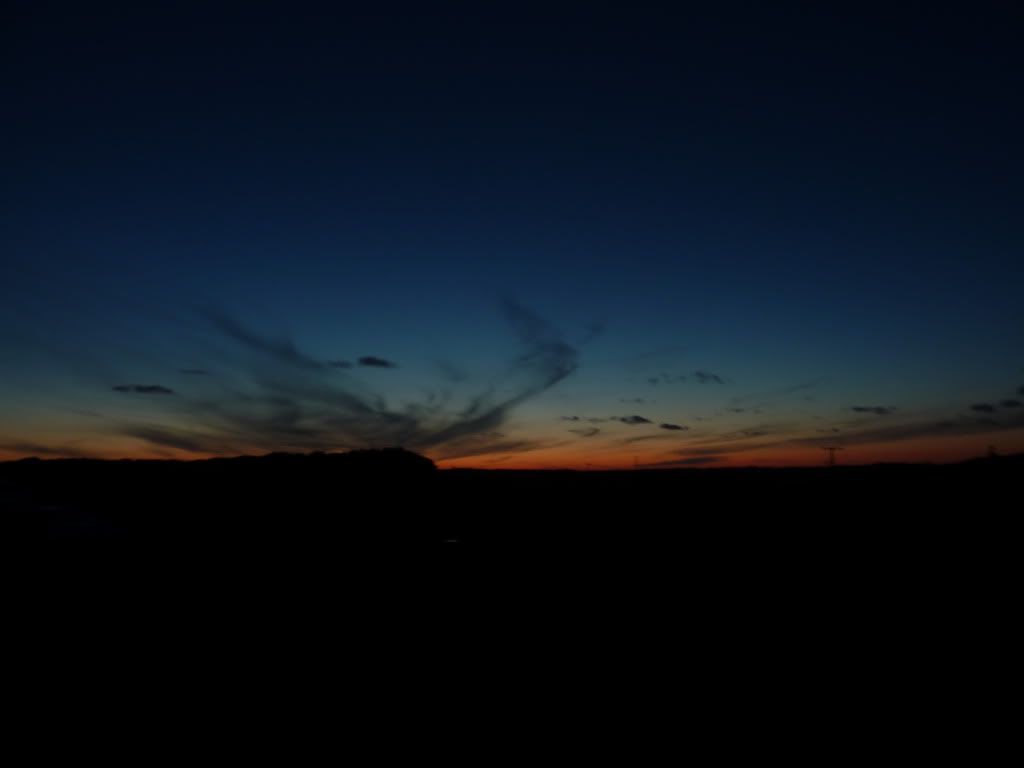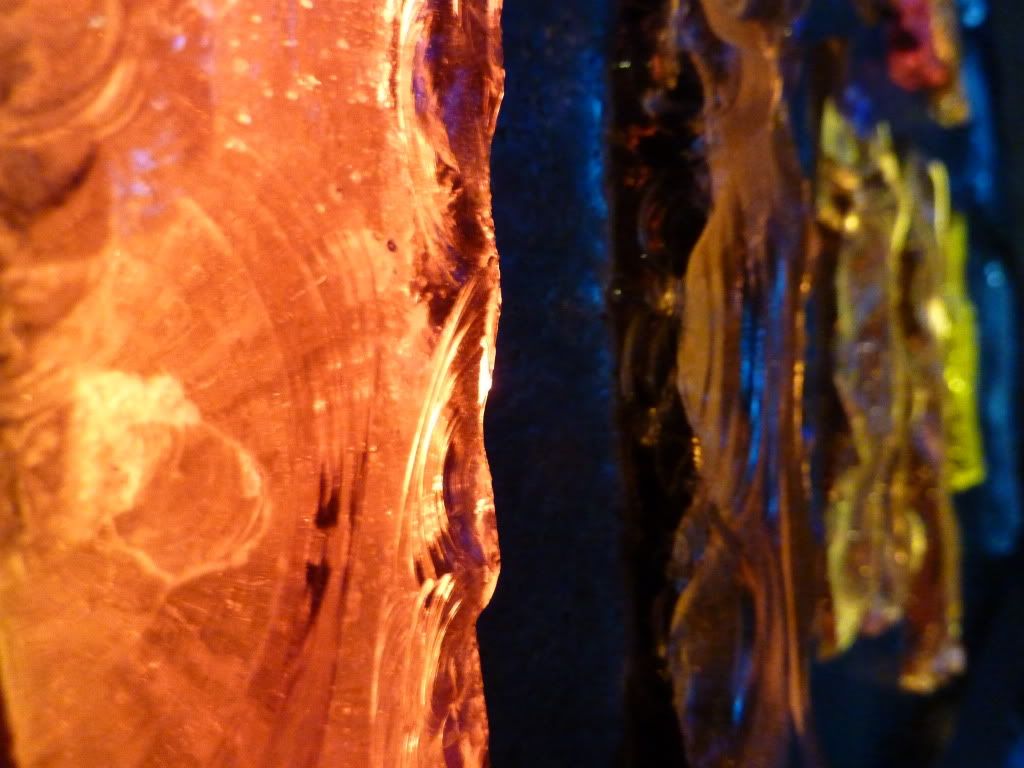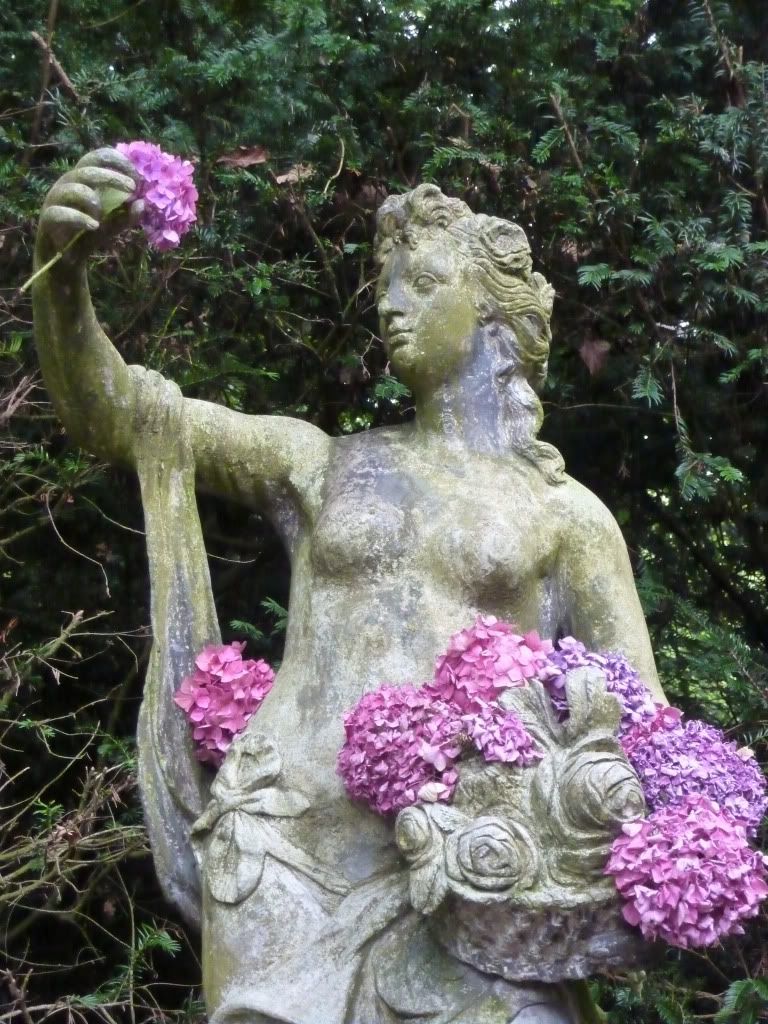
Pictures of flowers, pictures of flowers, pictures of flowers, picture of a leaf... It's enough to make you want to scream. Like this fine gentleman, a sculpture at Buckfast Abbey (in fact, I like to imagine the sculpture represents the facial expression which is induced by trying Buckfast tonic wine. It's like alcoholic Calpol).
Being mildly obsessive, I have been monitoring my blog stats and it turns out that by far my most popular post was one in which I talked at length about the strange fact that whales are dinosaurs are always compared to buses. Unsurprisingly, these musings were unrelated to the picture of the day, which was of a flower. I'm sure that all the people wanting to find out how many buses equals a humpback whale were wildly disappointed when they discovered my blog is almost solely comprised of photographs of flowers, but at least this knowledge has somewhat strengthened my resolve to continue writing about random bits and bobs. Because it's interesting to find what people find interesting.
And so. I have been racking my brains. After my recent post about pandas, I was trying to think of something else to discuss. And then it hit me. Flower. Flour. What's going on there?
Flower vs. Flour
As it turns out, there are
multiple companies whose
names were inspired by these homophones. Predictably, they are
bakers (I nearly said "cakists". But obviously that's not actually a word. Although possibly it should be, to distinguish between those who waste their time making bread, and those who concentrate on delicious, delicious cake).
Those who have trouble spelling will no doubt be delighted to learn that originally, the words "flour" and "flower" were spelled the same way. They both apparently
derive from the Old French word fleur, which meant both "flower" in its modern sense, and also had a sense of "
the finest", as in the
finest part of the meal. The meal as in the
ground-up grains, not the meal as in lunch dinner breakfast. Etymology is baffling. Apparently Samuel Johnson's 1755 dictionary
did not recognise a difference in spelling between the two words, but by
the 1830s there had, presumably, been a few incidents of unwary cooks feeding their families cakes made out of
the shrubbery, and the whole mess was gradually straightened out.
I've not seen anything to support/prove this in any of the etymologies I've found, but based on my research (coughgooglingcough) I wondered whether the eventual clarification of the two words had something to do with the city of
Rochester, New York; in the 1820s the town developed a famous and booming
flour mill industry and then in the 1830s it also gained a renowned and
thriving seed-selling business. Perhaps the residents of Rochester found it especially important to differentiate between flour and flowers; certainly the town's nickname is given initially as the Flour City and, later, the Flower City. Given how neatly the dates line up, I'm surprised I haven't been able to find anything linking the town to wider acceptance of the two spellings. Rochester, you're missing a trick.
















































